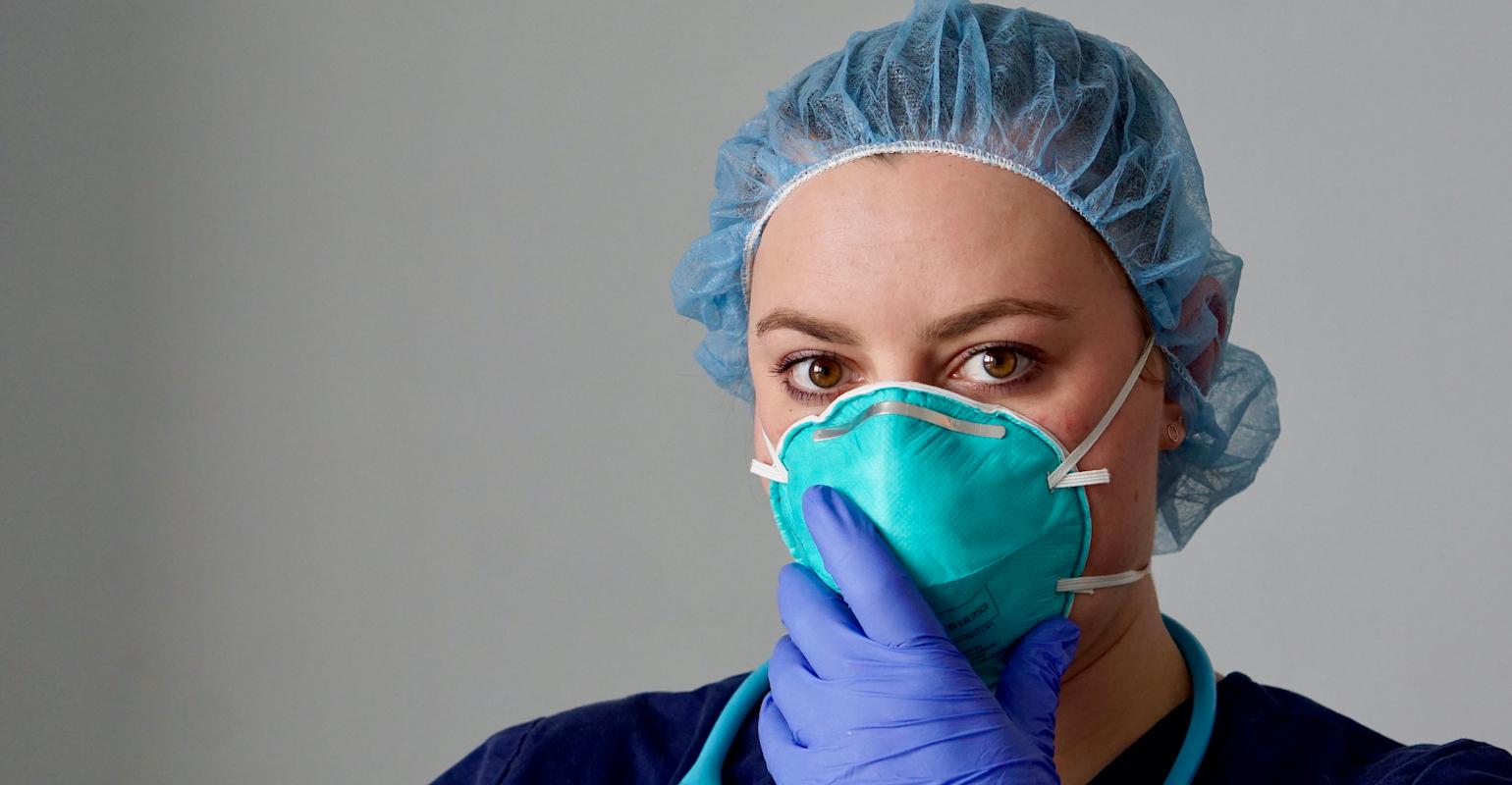1. Don’t touch the outside of the mask after putting it on.
Say the mask does its job and stops the virus from getting into your mouth or nose – this means that viruses or bacteria land on the outside of your mask. If you touch the outside of the mask, a virus could then be passed onto your hands, then to whatever you touch leaving you vulnerable.
Instead, handle your mask using the straps at the back when you need to adjust it or take it off. Then be sure wash your hands with soap or use a hand sanitizer immediately after.
2. Make sure the mask covers your face properly.
Surgical or medical-grade masks won’t completely seal but do your best it adjust your mask so that your mouth and nose are protected from direct transmission. These masks have loops that go on either side of your face and loop around your ears.
N95 masks are designed to form a seal and provide a much higher level of protection. Always mould or pinch the stiff edge to the shape of your nose. These masks have two elastic bands that both go all the away around the back of your head.
Your mouth, nose and eyes are the main points of vulnerability. This is why it’s best not touch your face too often and always utilize the masks to protect these areas.
3. Make sure there are no obvious tears or holes in either side of the mask.
4. Replace your mask often.
It’s best to replace your mask after each use, but if you have to reuse it be sure to find a properly sterilization agent or service.
5. Don’t share masks with anyone & don’t use someone else’s mask.
Don’t touch or adjust someone else’s masks.
6. Don’t put masks on children under the age of two.
Don’t put a mask on anyone with a breathing problem or who cannot remove the mask without assistance. For children over two years old, if necessary, find a mask designed to the appropriate age group and follow the instructions accordingly.


